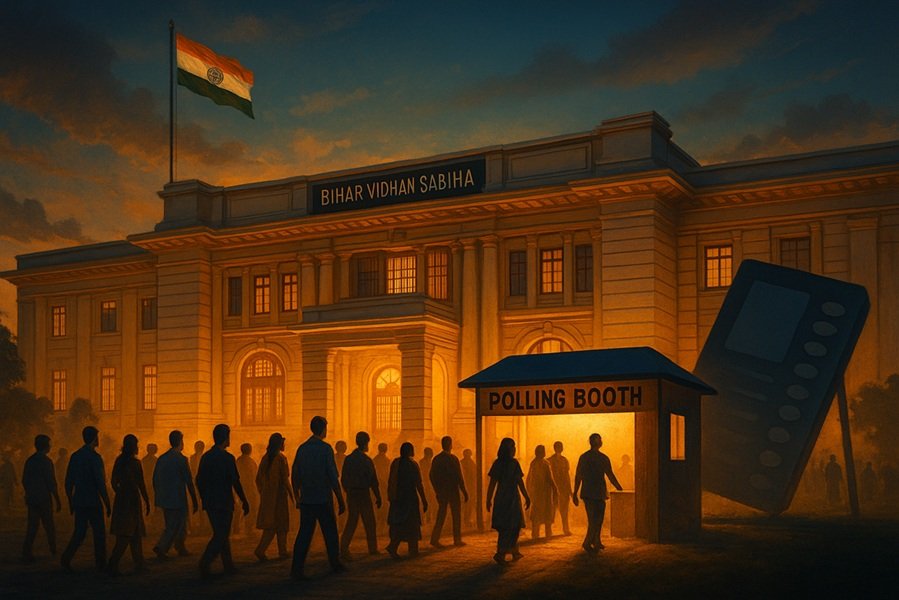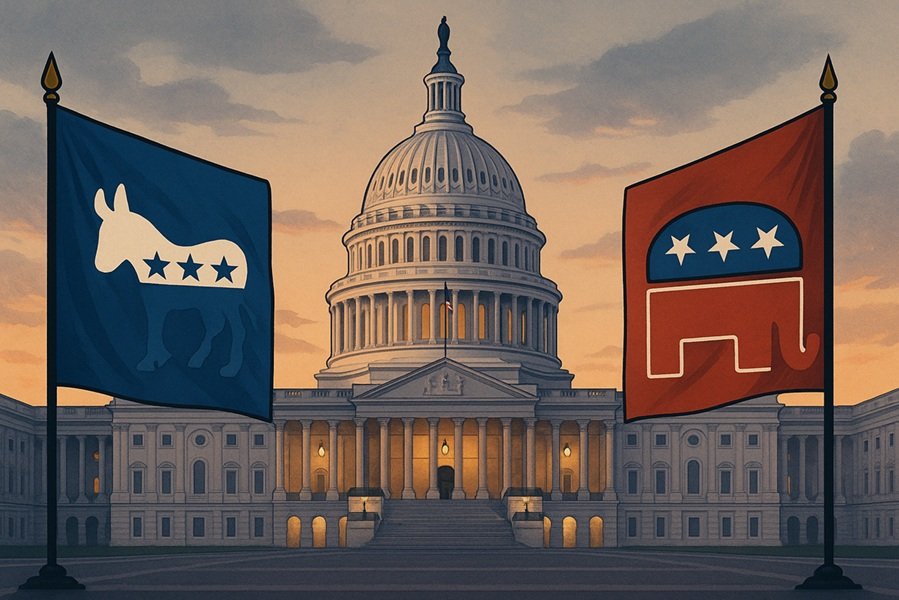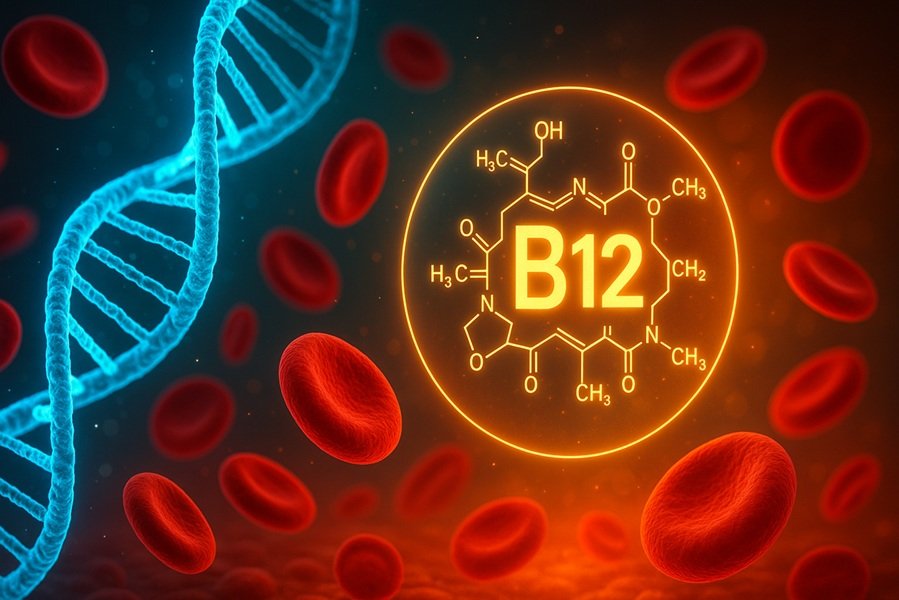
India is the world’s largest democracy, and its political system is characterized by a vibrant and diverse array of political parties. These parties represent the multifaceted social, cultural, and economic fabric of the nation. From national-level organizations influencing policy across the country to regional parties addressing localized concerns, the Indian political landscape is both dynamic and complex.
Types of Political Parties in India
Indian political parties can be broadly classified into two categories:
- National Parties:
- Recognized by the Election Commission of India (ECI) based on their electoral performance across multiple states.
- Have a national presence and influence policymaking at the central level.
- Examples include:
- Indian National Congress (INC): One of the oldest parties, known for its role in India’s independence movement and subsequent governance.
- Bharatiya Janata Party (BJP): Currently the ruling party, emphasizing nationalism, economic reforms, and governance.
- Communist Party of India (CPI) and Communist Party of India (Marxist) [CPI(M)]: Focus on leftist ideologies and labor rights.
- Bahujan Samaj Party (BSP): Represents the interests of Scheduled Castes, Scheduled Tribes, and Other Backward Classes.
- Nationalist Congress Party (NCP): A splinter group from the INC, with a focus on centrist policies.
- Regional Parties:
- Operate primarily within a specific state or region.
- Address local issues and cater to specific cultural, linguistic, or ethnic groups.
- Examples include:
- Dravida Munnetra Kazhagam (DMK) and All India Anna Dravida Munnetra Kazhagam (AIADMK): Prominent in Tamil Nadu.
- Trinamool Congress (TMC): Dominates West Bengal politics.
- Telangana Rashtra Samithi (TRS): Advocates for Telangana’s development.
- Shiv Sena and Maharashtra Navnirman Sena (MNS): Based in Maharashtra with a focus on regional identity.
Criteria for Recognition
The Election Commission of India recognizes parties as either national or state parties based on the following criteria:
- Performance in elections, including vote share and seats won.
- Presence in a specified number of states for national recognition.
- Specific vote thresholds within a state for regional recognition.
Functions of Political Parties
- Representation:
- Political parties act as a bridge between the government and citizens, representing diverse societal interests.
- Policy Formulation:
- They draft manifestos outlining their policies and priorities, influencing governance and legislation.
- Political Education:
- Parties educate voters about political ideologies, current issues, and electoral processes.
- Candidate Selection:
- They select and endorse candidates for elections at various levels, ensuring a structured electoral process.
- Formation of Government:
- Parties winning the majority form the government, while others provide opposition and accountability.
- Conflict Resolution:
- Serve as platforms for addressing grievances, promoting dialogue, and resolving conflicts within the political framework.
Major Ideologies Represented by Indian Political Parties
- Secularism:
- Prominent in the INC and regional parties like TMC, advocating for a neutral stance on religion in governance.
- Nationalism:
- Emphasized by the BJP, focusing on cultural heritage and national unity.
- Social Justice:
- Advocated by the BSP and Samajwadi Party (SP), prioritizing the upliftment of marginalized communities.
- Leftist Ideology:
- Championed by CPI and CPI(M), addressing labor rights, wealth redistribution, and anti-capitalist policies.
Challenges Faced by Political Parties
- Internal Democracy:
- Many parties face criticism for lack of transparency and concentration of power within family dynasties.
- Financial Opacity:
- Political funding remains a contentious issue, with demands for greater accountability and regulation.
- Electoral Malpractices:
- Issues like vote-buying, misuse of state machinery, and electoral violence mar the democratic process.
- Polarization:
- Increasing use of identity politics to garner votes often deepens societal divisions.
- Lack of Grassroots Connectivity:
- Some parties struggle to maintain relevance and connectivity with local issues and voters.
The Role of Regional Parties
Regional parties play a crucial role in India’s federal structure by:
- Addressing state-specific concerns.
- Acting as kingmakers in coalition governments.
- Balancing the influence of national parties, ensuring a more representative democracy.
Coalition Politics in India
Coalition governments have become a norm in India’s multi-party system, especially at the national level. Regional parties often hold significant sway in such arrangements, influencing policy and decision-making.
Electoral Reforms and Political Parties
To strengthen India’s democracy, electoral reforms are essential. Key areas of focus include:
- Transparent Funding: Ensuring clean and accountable political financing.
- Internal Democracy: Promoting fair leadership selection within parties.
- Curbing Defections: Strengthening anti-defection laws to prevent political instability.
- Proportional Representation: Exploring alternatives to the first-past-the-post system for fairer representation.
Conclusion
Indian political parties are the lifeblood of the country’s democracy. Despite challenges, they continue to adapt to changing societal needs, ensuring that the world’s largest democracy remains vibrant and inclusive. The interplay of national and regional parties, coupled with evolving ideologies and reforms, shapes the dynamic political narrative of India, making it a fascinating study of governance and representation.







